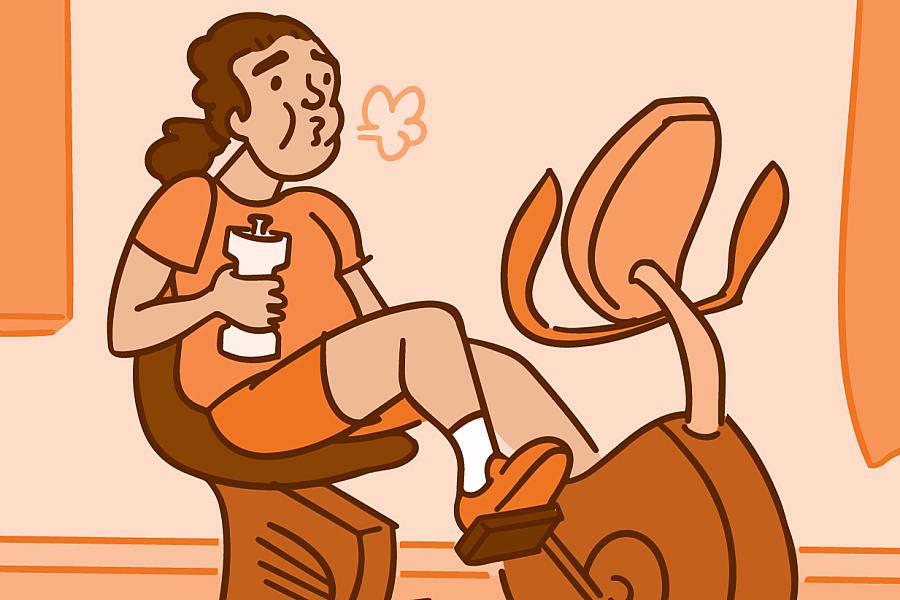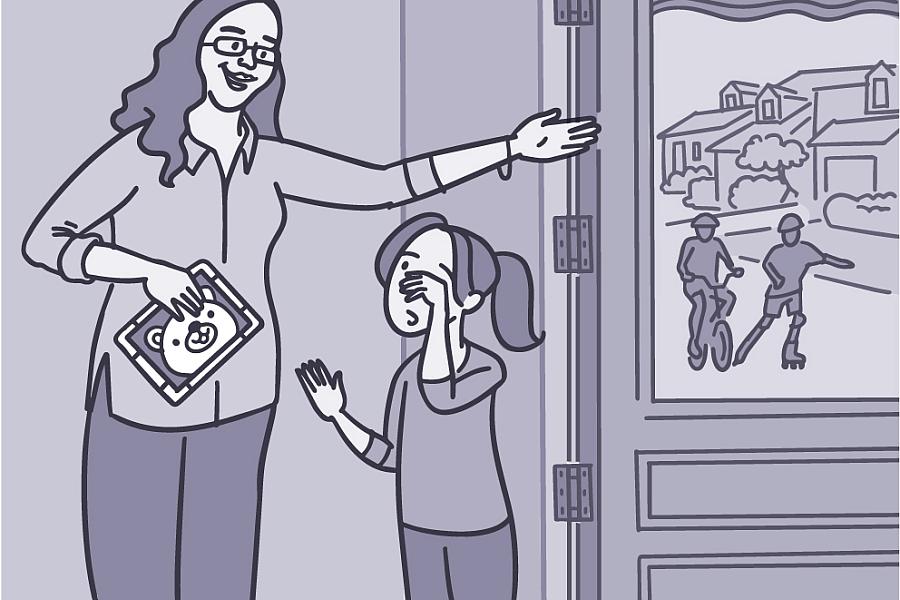Health Capsule
How Light Boosts Migraine Pain
Light can make migraine pain worse. A new study of blind patients may help explain why. The finding could eventually lead to better treatments.
More than 1 in 10 people nationwide get recurring migraines—often described as a pulsing or throbbing in one area of the head. To discover how light can worsen the pain, NIH-funded scientists studied 20 blind patients who suffer from migraines.
Six of the volunteers couldn’t detect any light, either because their eyes were removed due to disease or because of damage to the optic nerves, which connect the eyes to the brain. The other 14 patients could detect some light but couldn’t perceive images.
When the 14 patients were exposed to light, their migraine pain got worse. In contrast, light had no effect on the 6 volunteers who were totally blind. The scientists concluded that the optic nerve must play a key role in light-induced migraine.
The researchers then searched for the cells in the eye that might trigger the pain. They knew that the eye’s main light-detecting and image-producing cells were not responsible, because these cells were damaged in the 14 blind patients. Instead, the researchers focused on rare light-sensing cells that help maintain the sleep-wake cycle and help the eye’s pupil enlarge or shrink in response to light.
Animal studies showed that these rare cells carry light signals through the optic nerve and on to brain cells that transmit pain. The research suggests that non-image-forming eye cells may help trigger migraines.
“Clinically, this research sets the stage for identifying ways to block the pathway so that migraine patients can endure light without pain,” says lead researcher Dr. Rami Burstein of Harvard Medical School.
NIH Office of Communications and Public Liaison
Building 31, Room 5B52
Bethesda, MD 20892-2094
nihnewsinhealth@od.nih.gov
Tel: 301-451-8224
Editor:
Harrison Wein, Ph.D.
Managing Editor:
Tianna Hicklin, Ph.D.
Illustrator:
Alan Defibaugh
Attention Editors: Reprint our articles and illustrations in your own publication. Our material is not copyrighted. Please acknowledge NIH News in Health as the source and send us a copy.
For more consumer health news and information, visit health.nih.gov.
For wellness toolkits, visit www.nih.gov/wellnesstoolkits.




